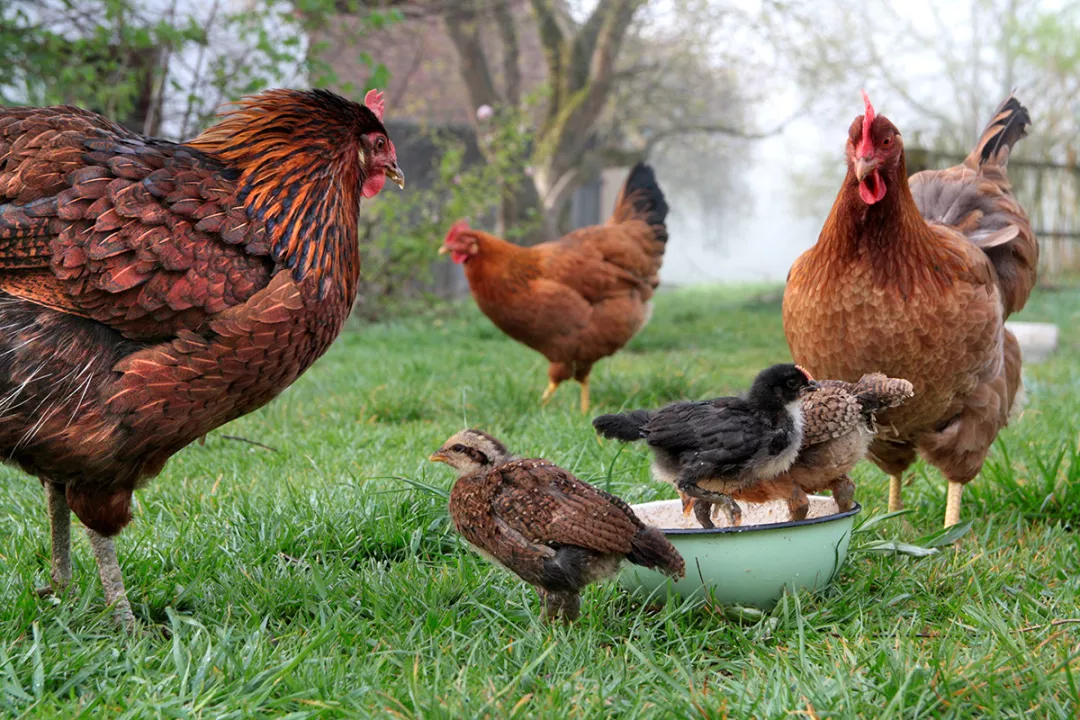Development of Animal Welfare Indicator

The new CAP continues to support the transition towards more sustainable agriculture with increased ambition for animal welfare, in line with the Green Deal objectives and the Farm to Fork strategy.
This required identifying appropriate animal welfare impact indicators to determine the overall effect of the CAP in future. The performance monitoring and evaluation framework (PMEF) only includes the share of livestock units covered by supported actions to improve animal welfare as a result indicator (R. 44). Therefore, it was important to analyse which indicators could be used to capture the impact of CAP interventions on animal welfare.
In view of this, the European Evaluation Helpdesk for the CAP launched its first Thematic Working Group (TWG) of the 2023-2027 programming period on the “Development of Animal Welfare Indicators” with the overall objective of providing support to the European Commission in the assessment of animal welfare supported by the CAP. The Thematic Working Group ran from May 2022 until November 2022 and aimed to identify a suitable animal-based indicator or set of indicators, reflecting the impact of the CAP on animal welfare in the EU and by building on the work carried out in the study on CAP measures and instruments promoting animal welfare and reduction of antimicrobials use.
The Thematic Working Group included the following objectives:
- Selecting or defining the most suitable indicator(s) reflecting the welfare of animals supported by the CAP;
- Defining the method to select the most suitable indicator(s) (e.g. a specific scoring) was undertaken;
- Selected and confirmed the relevance of indicators proposed in the European Commission’s evaluation study on animal welfare regarding their capacity to reflect the welfare of animals.
- Assessed the feasibility of effective data collection for the calculation of the indicator(s);
- Provided a state of play of available data at the Member State level, documenting indicator(s);
- Reviewed (if necessary) the indicator(s) proposed in light of available data.
The workflow of the TWG followed traditional steps of evaluation with the involvement of various stakeholders through a series of meetings:
- Working Package 1: Launched the TWG where several aspects that framed the concept of animal welfare indicators were discussed, including a presentation of the initial list of indicators identified in the European Commission’s evaluation study on animal welfare;
- Working Package 2: Developed a methodology ranking the initial list of indicators and identifying a suitable indicator or set of indicators reflecting the impact of the CAP on the development of animal welfare in the EU, comprising the following steps:
- Identified major animal welfare issues, based on a literature review.
- Analysed how CAP instruments and measures were used when addressing animal welfare issues, based on the data collected in the European Commission’s evaluation study on animal welfare
- Analysed the state of play of animal welfare indicators in the Member States, based on an EU-wide survey conducted as part of the TWG
- Ranked the initial list of indicators based on the information collected in the previous steps
- Drafted a working document that summarised the work of the TWG
- Prepared a Sounding Board consultation that received feedback from MS on the draft working document
- Working Package 3: Conducted quality control and finalised content sourced from Work Package 2 and developed a working document on the indicator(s) that could potentially be used for the assessment of the impact of the CAP on animal welfare.
The outcomes of the TWG will be considered by the European Commission for future developments in the field.
Contacts
European Evaluation Helpdesk for the CAP
Avenue des Arts 46, 1000 Brussels, Belgium
+32 2 808 10 24